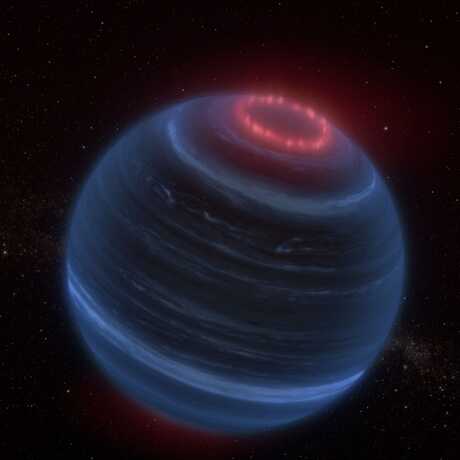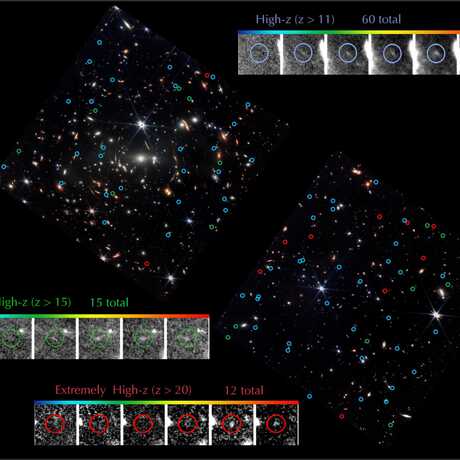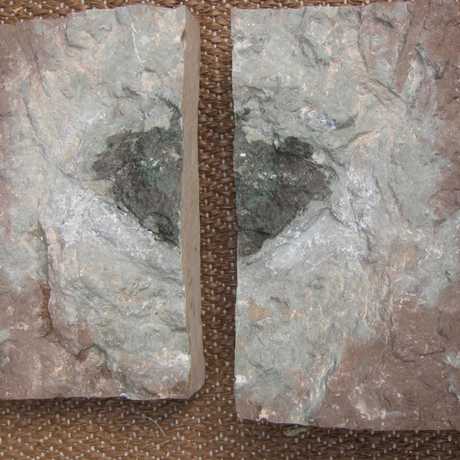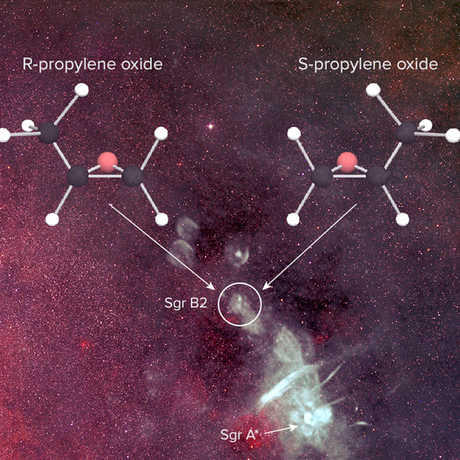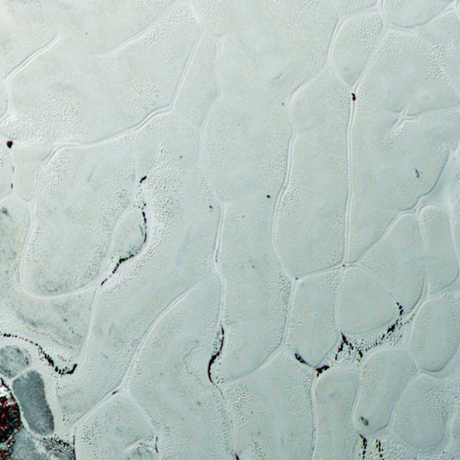Featured Articles
Brown dwarf W1935 exhibits signs of glowing methane—possibly caused by aurorae!
Cassiopeia A is one astronomical object that looks exactly like what it is—a star that exploded 350 years ago!
JWST launches the first day of astronomy’s big meeting with news about science, technology, and galaxies!
The connection between disks and planet formation continues to expand as astronomers view them in new detail.
A large radio telescope array's First Light, rocky exoplanets in the habitable zone, and an X in the Milky Way.
A new dwarf planet in our solar system, the frost line in a protoplanetary disk, plus a planet with THREE stars.
A newly discovered fossilized meteorite is helping unlock the mysteries of life on this planet.
Juno arrives at Jupiter with a LEGO surprise, New Horizons mission is extended into the Kuiper Belt, and more!
Minerals on Mars, a dark vortex on Neptune, a subsurface ocean on Pluto, a star near our black hole, and Hubble.
Astronomers directly observe an exoplanet, a super-Tatooine finding, and gravitational wave detection.
This week: Was Planet Nine stolen from another system, a student discovers exoplanets, black holes and cold gas.
Ingredients of life on Comet 67/P, Jupiter's atmosphere, Pluto's heart, and a faster expansion rate for Universe
The influences of space weather on habitability, plasma rocket technology, and an ancient galaxy cluster.
This week: Tsunamis on Mars, Mars at Opposition, another Kuiper Belt Object, and 100,000 orbits for the ISS.
